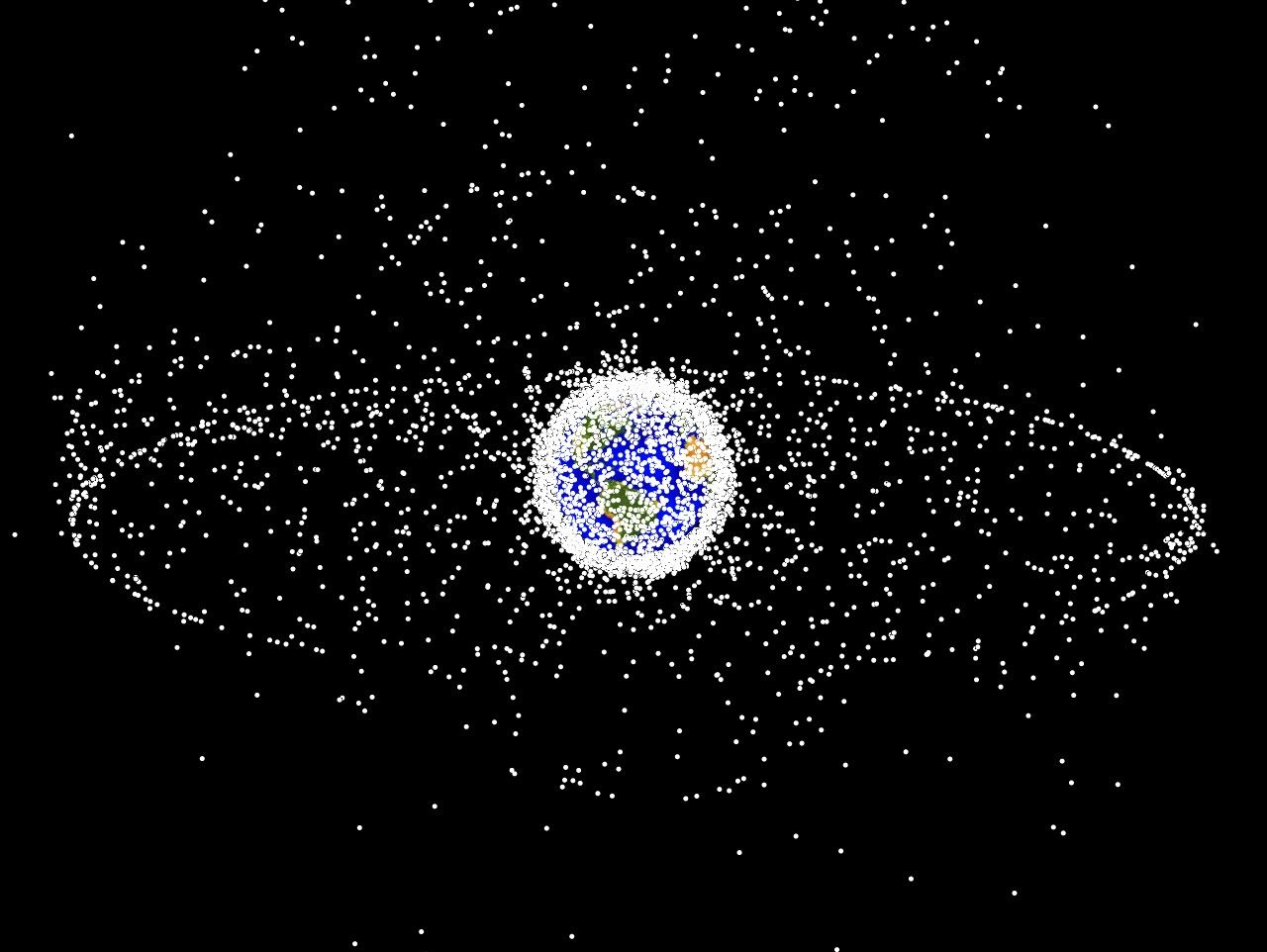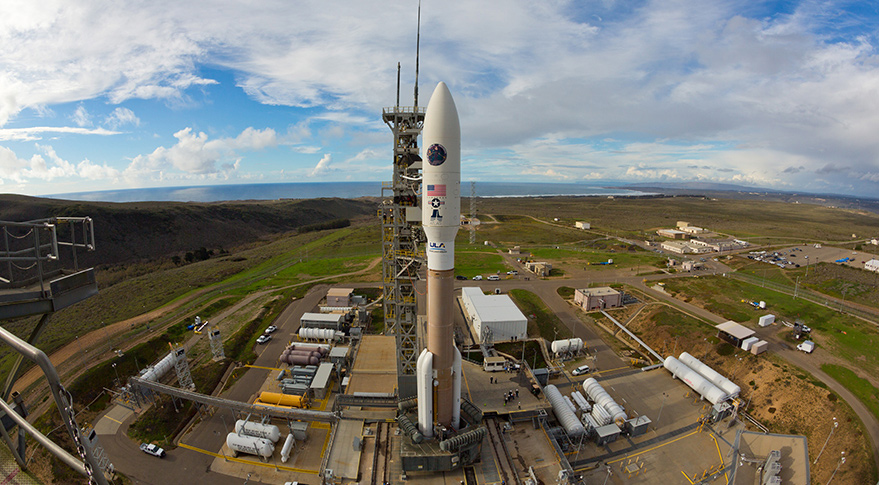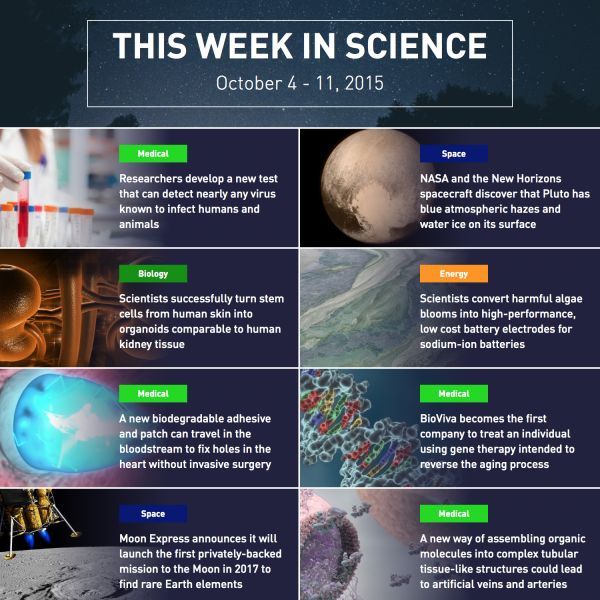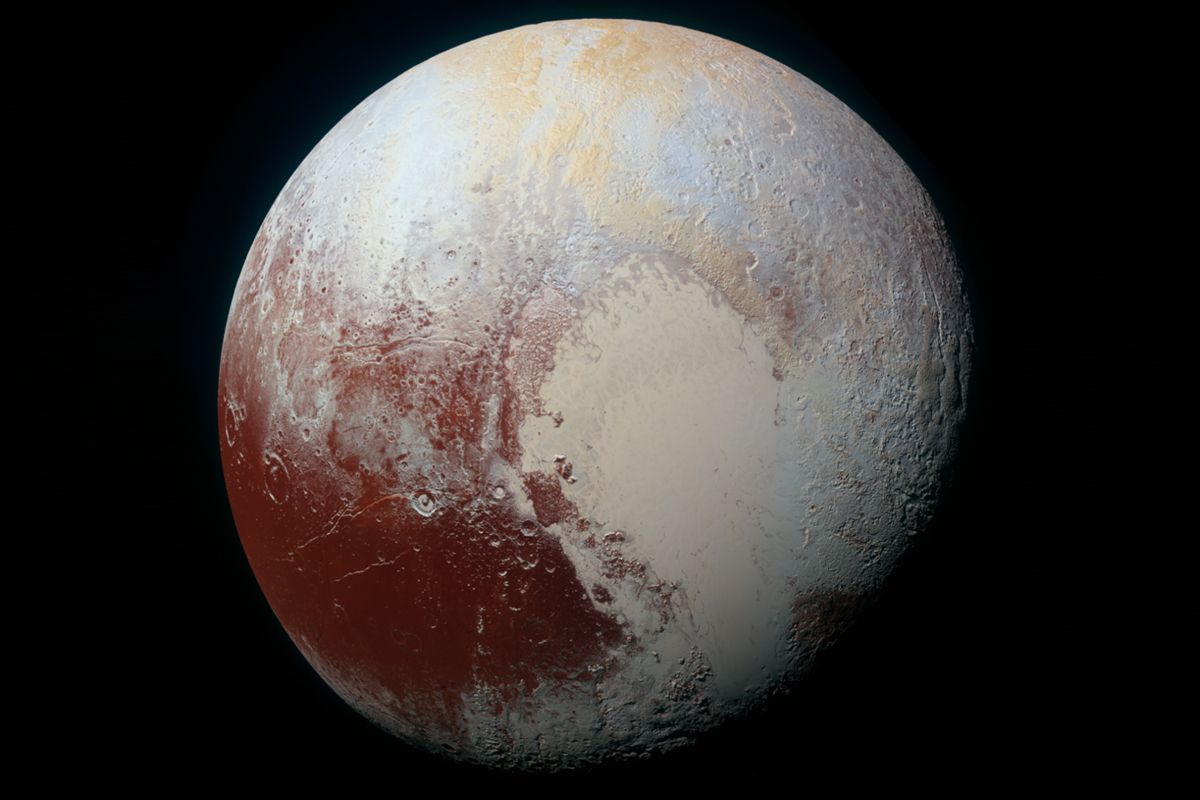Archive for the ‘science’ category: Page 134
Oct 20, 2015
U.S. Air Force Assigns Two Block Buy Launches
Posted by Laura Samsó in categories: government, military, science, space, weapons
Oct 13, 2015
Ada Lovelace Day — Today — 13 October 2015
Posted by Odette Bohr Dienel in categories: engineering, science
Oct 11, 2015
This Week in Science: October 4th — 11th, 2015
Posted by Shailesh Prasad in categories: biotech/medical, life extension, science, space
This Week in Science: The First Privately Backed Moon Mission, Using Gene Therapy to Reverse Aging, Artificial Veins and Arteries, and More.
Go here for a clickable image: http://futurism.com/images/this-week-in-science-october-4th-11th-2015/?src=home
Sources
Detecting All Viruses:http://futurism.com/5srzA
Water on Pluto: http://futurism.com/aO2av
Kidney Tissue from Stem Cells: http://futurism.com/DLDON
Converting Algae Blooms into Electrodes: http://futurism.com/w9ez
Fixing Holes in Heart: http://futurism.com/a13Jd
Reversing Aging: http://futurism.com/TjaTL
Private Moon Mission: http://futurism.com/9V626
Artificial Veins: http://futurism.com/rKNzH
Oct 10, 2015
h+ Magazine: Synthetic Biology — The True Savior of Mankind
Posted by Harry J. Bentham in categories: biological, biotech/medical, disruptive technology, DNA, environmental, ethics, futurism, genetics, health, innovation, science, sustainability, transhumanism
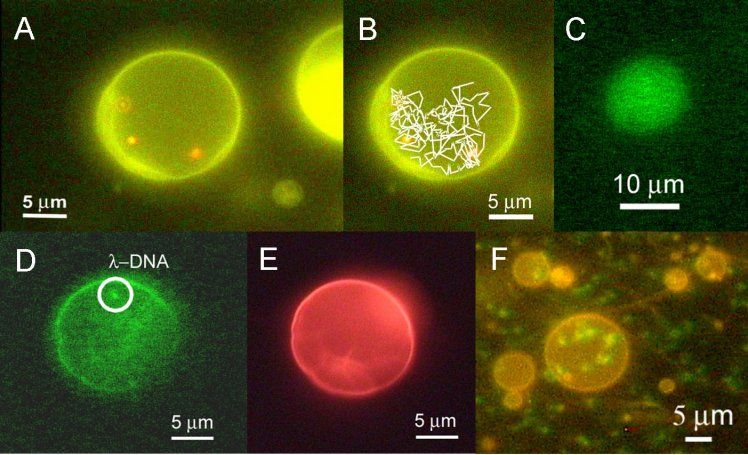
Fear of scientists “playing god” is at the centre of many a plot line in science fiction stories. Perhaps the latest popular iteration of the story we all love is Jurassic World (2015), a film I find interesting only for the tribute it paid to the original Michael Crichton novel and movie Jurassic Park.
Full op-ed from h+ Magazine on 7 October 2015 http://hplusmagazine.com/2015/10/07/opinion-synthetic-biolog…f-mankind/
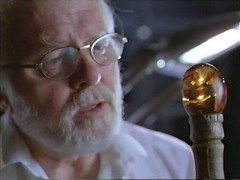 In Jurassic Park, a novel devoted to the scare of genetic engineering when biotech was new in the 1990s, the character of John Hammond says:
In Jurassic Park, a novel devoted to the scare of genetic engineering when biotech was new in the 1990s, the character of John Hammond says:
Continue reading “h+ Magazine: Synthetic Biology — The True Savior of Mankind” »
Oct 7, 2015
China now spends more on science than the EU, will soon overtake the US
Posted by Dan Kummer in categories: biotech/medical, science, space
Maybe we can convince the Chinese to start funding our space program.
On Monday, Chinese scientist Youyou Tu was jointly awarded the Nobel Prize in Physiology or Medicine for her discovery of a new malaria therapy. It was remarkable research in its own right, but equally significant is the fact that Tu is the first scientist to ever be awarded a Nobel Prize for work done at a Chinese institution — despite the fact that the country trains more scientists and engineers than any other nation on Earth.
In fact, China now spends more money on research and development than Europe, and by 2020, it’s predicted to outspend the US, as Nature editor Ed Gerstner wrote last month in Research Information. But despite that investment, there’s a big reason for why Chinese science has lagged behind other parts of the world — it has a long history of pumping out dodgy research.
Continue reading “China now spends more on science than the EU, will soon overtake the US” »
Sep 29, 2015
Joe Rogan Interviews Aubrey de Grey
Posted by Odette Bohr Dienel in categories: human trajectories, innovation, science
 https://www.youtube.com/watch?v=LeCpHugyI80
https://www.youtube.com/watch?v=LeCpHugyI80
Published on YouTube in April 2015.
Sep 24, 2015
A colorful and dazzling view of Pluto
Posted by Philip Raymond in categories: astronomy, science, space
[From Engadget]…
While NASA has already shown us Pluto’s best images yet, the administration is anything but done blowing our minds. What you see above is an enhanced high-resolution color view of Pluto, created with a combination of blue, red and infrared images. NASA says this photo, taken by New Horizons spacecraft, highlights Pluto’s diverse landforms and shows us its complex geological and climatological story — as much as scientists have been able to figure out, anyway. Over the past few months, NASA’s shared many things related to Pluto, including a closer look at its desolate surface and icy mountain range.
Tags: New Horizons, Pluto, Solar system, space
Sep 24, 2015
Losing Your Mind? Great Thinkers on the Brain
Posted by Johnny Boston in categories: biological, biotech/medical, cryonics, neuroscience, philosophy, science, theory

Aristotle is frequently regarded as one of the greatest thinkers of antiquity. So why didn’t he think much of his brain?
In this brief history of the brain, the GPA explores what the great minds of the past thought about thought. And we discover that questions that seem to have obvious answers today were anything but self-evident for the individuals that first tackled them. And that conversely, sometimes the facts which we simply accept to be true can be blinding, preventing us from making deeper discoveries about our our world and ourselves.
Tags: aristotle, Brain, debate, hippocrates, history, mind, Neurology, neuron, philosophers, philosophy of mind, scientists
Sep 16, 2015
The Duke, the Landscape Architect and the World’s Most Ambitious Attempt to Bring the Cosmos to Earth — By Alina Simone | Atlas Obscura
Posted by Odette Bohr Dienel in categories: innovation, science
“Last fall, a hand-picked group of the world’s top theoretical physicists received an invitation to a conference about the multiverse, a subject to which many of them had devoted the majority of their careers.”
